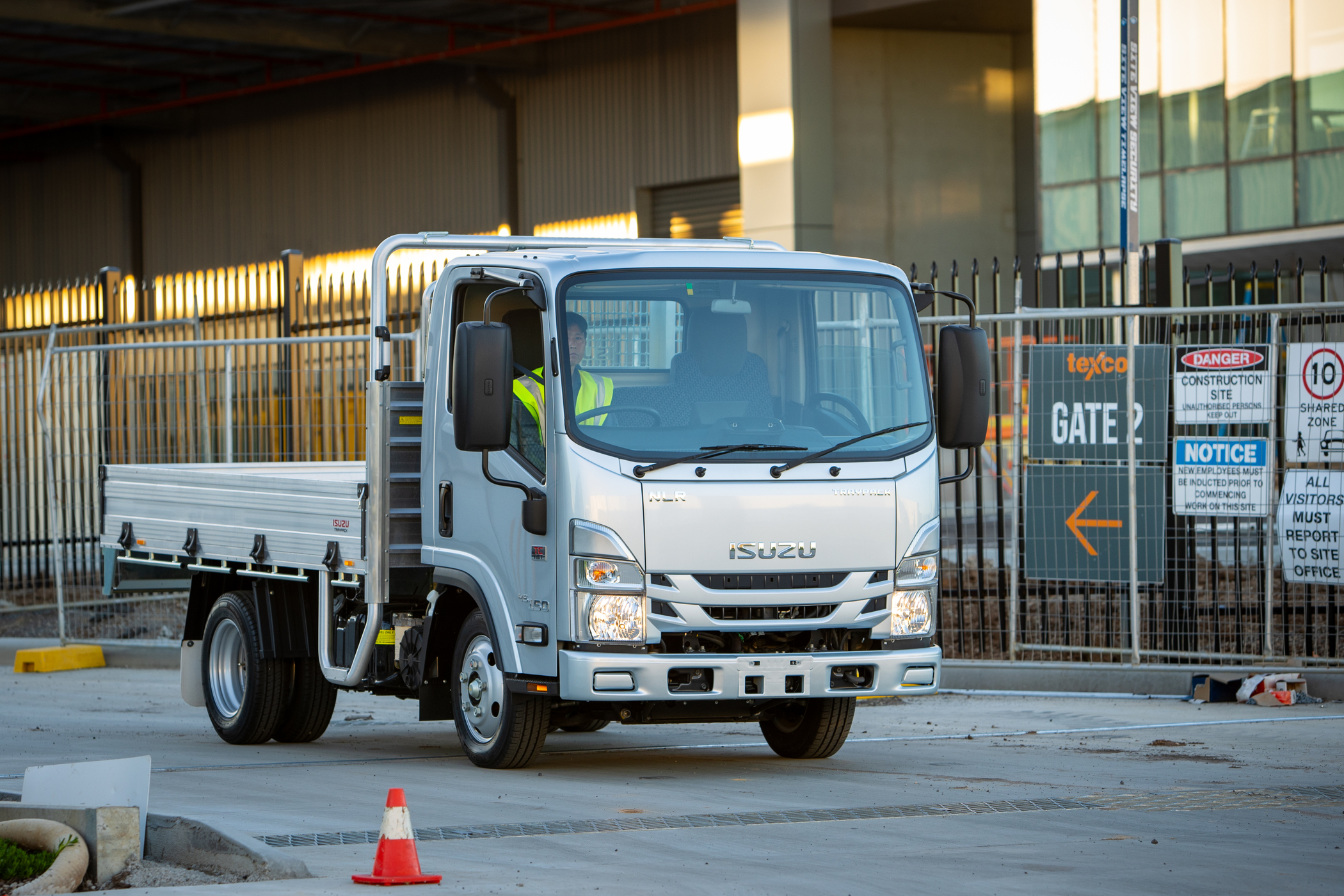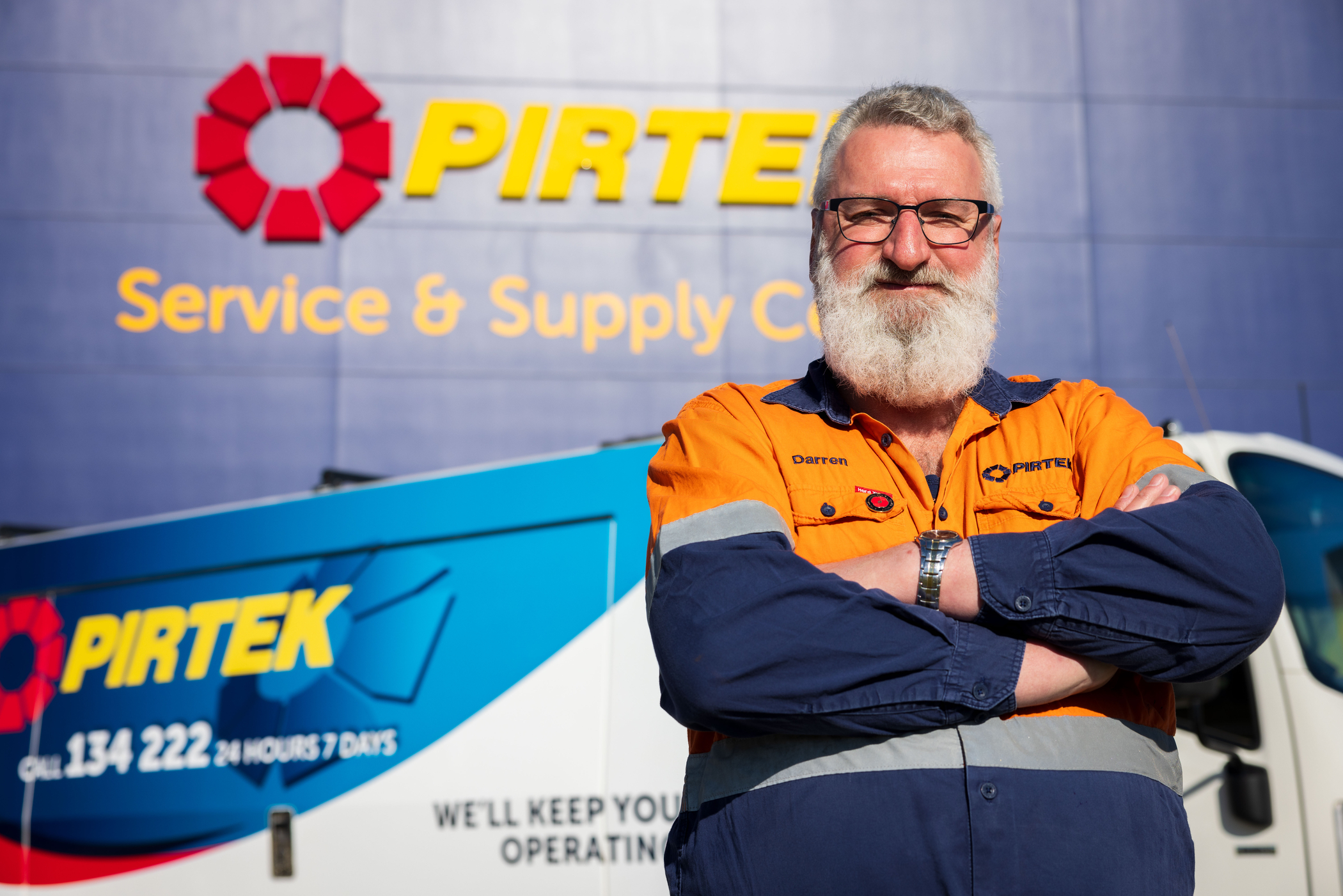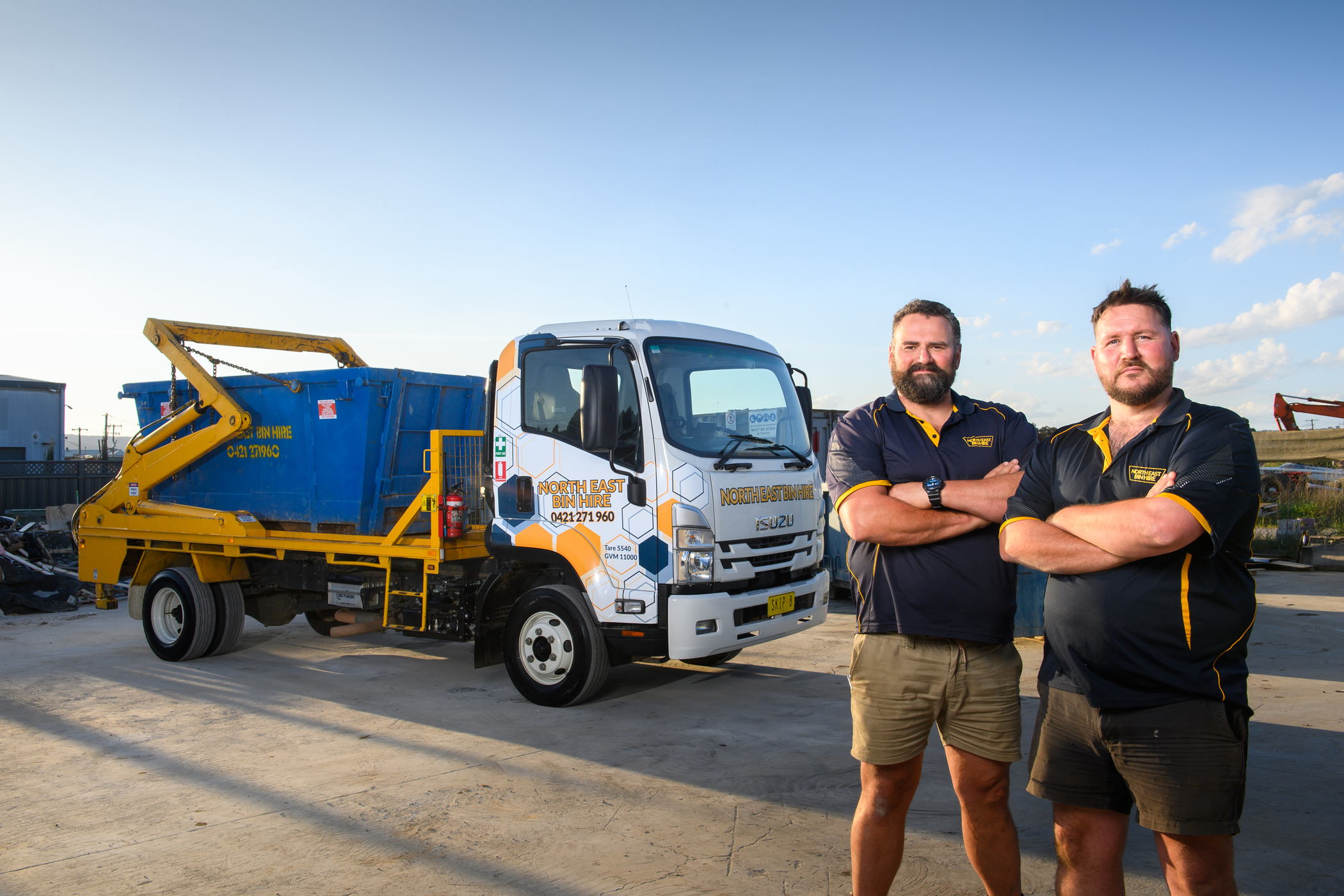2017 ISUZU FRR 107-210: REVIEW

Trucksales.com.au September 26, 2017
We test Isuzu’s two-pedal FRR 107-210 medium-duty truck in the cut and thrust of Melbourne traffic
Australia’s medium-duty truck market is largely dominated by the Japanese players, including Isuzu’s strong-selling F Series. Recently revised, the FRR and FRD models – which feature at the lower-capacity end of the renewed F Series range – offer comparable body configurations and familiar cabin layouts, while also sharing 4x2 driveline configurations and a sub-11,000kg GVM. Engine options include all-new four or six-cylinder units. In the FRR 107-210 tested here, it’s the new N-4HK1-TCS four-cylinder that moves the game forward.
Stronger for longer
According to Isuzu, the new ‘4HK1’ mill delivers up to seven per cent better fuel economy than the outgoing unit. As the designation of the model on test suggests, it offers 210hp (154kW at 2400rpm) – the former part of the FRR’s nomenclature referencing the truck’s GVM (in this case, 10,700kg). Combining sequential, fixed (primary) and variable (secondary) geometry turbochargers, and a high-capacity intercooler, the 5.2-litre direct-injected powerplant maintains more consistent torque delivery (726Nm at 1600rpm), particularly at low to medium engine speeds. It’s a deliverable that sees the 4HK1 able to utilise higher ratio gears more of the time, in turn improving fuel economy. In sixth gear at 100km/h, the mill ticks over at 2150rpm (when optioned with the TC-AMT). As standard, the FRR 107-210 arrives with an air-assisted, all-synchro six-speed MZW-6P manual gearbox, which is available optionally with a PTO. The model tested here, however, was equipped with Isuzu’s multi-mode, six-speed torque converter automated manual transmission (TC-AMT) we found mostly compliant, save for a reluctance to kick down quickly when requested. On the plus side the TC-AMT offers an over-ride function to manually change gears, or to select first gear for steep starts. In most situations the FRR will move off happily in second gear, but the ability to outwit the transmission’s ‘thinking’ is welcomed when performing a hill start in steep terrain, fully loaded – especially when the car behind is propped on your rear bumper. In the interests of saving fuel the FRR is equipped with an Economy mode, and a switchable idle-stop system (excluding PTO-equipped models).
Frame of mind
Isuzu’s ladder-frame chassis is suspended by a traditional leaf and hydraulic damper set-up all round, with FRD models adopting Hendrickson airbags at the rear. Isuzu’s axles run a 4.55:1 final drive ratio on AMT variants (4.87:1 on manual variants), with braking duties falling to air-over-hydraulic, ABS-assisted 320mm drums and air-controlled exhaust brakes. It’s a combination we found more than adequate for the 3000kg payload carried on test. We also appreciated the FRR’s communicative brake pedal stroke, a real benefit in the repetitive stops of Melbourne’s cut-and-thrust traffic, and part of an outstanding overall ergonomics package. All FRR and FRD 107-210 variants are equipped as standard with an Isri 6860 driver’s seat with pneumatic lumbar, height, rake and automatic weight adjustment. The steering column is adjustable for tilt and reach, while locking, windows and (heated) mirrors are all electrically controlled. The comfortable position behind the wheel is backed by logically placed and easy-to-understand secondary controls (cruise control, wiper-washers, lighting and HVAC systems) and generous oddment storage. Knick-knack stowage is well catered to, ditto larger spaces for a laptop/tablet, overnight bag and wet-weather gear. We also found the FRR’s outward vision better than most we’ve sampled, the thin A-pillars, sensibly placed mirror clusters and standard cornering lights a boon in close-confines manoeuvring – the FRR’s tight 12.9m turning circle another clear bonus here. Despite its utilitarian materials, the Isuzu cab has an otherwise hospitable aesthetic, the detail of the all-electronic instrument panel particularly noteworthy. Stylish, yet straightforward in its presentation, the panel features larger dials for engine and road speed flanked by four smaller ancillary gauges; the whole cluster cleaved by a detailed LCD multi-information display (trip computer) with programmable over-speed warning. On the infotainment front, Isuzu’s two-speaker DAVE (Digital Audio Visual Equipment) unit covers all the basics. The 6.2-inch LCD touchscreen allows access to Bluetooth telephony and audio streaming, AM/FM/DAB+ (digital) radio, CD, DVD, SD and USB playback, satellite navigation, and up to 4GB of internal music-file storage. Sat-nav updates are included gratis during the warranty period. Reversing sensors and camera, microphone and buzzer, and tyre-pressure monitoring are available optionally, as is an airbag-compatible bulbar.
Outside operatives
Like most of the FRR’s operation, daily maintenance is uncomplicated. A front access panel below the windscreen allows more commonly accessed fluid reservoirs (like washer fluid) to be maintained without tilting the cab, the engine oil dipstick is likewise accessible aft of the cabin wall. That said, the all-steel cabin is easy enough to tilt through 45 degrees, thanks to torsion bar assistance. With a diesel particulate filter as standard there also no need for AdBlue or similar fuel additives, the DPD burning of its own accord as required (or manually if needed); and with fewer service points there’s theoretically less to go wrong. These factors, combined with the benefits of two-pedal operation, contribute greatly to the FRR’s appeal. It’s a truck fleet operators can comfortably entrust to less experienced operators, the aforementioned manoeuvrability and visibility benefits likewise an advantage. Add all of this to predictable handling and calculable steering and the FRR is hard to fault. It deals with choppy back-roads as securely as it does well-paved arterial roads, and is both easy to place and sufficient of performance. The inclusion of a front axle sway bar further improves front-end stability, especially in higher-speed corners or cross winds. If we had a couple of criticisms of the FRR it’s that both the low and high-beam headlight performance is inadequate for use on rural roads, and that excessive cross winds can place pressure on the mirrors to an extent that they prise the upper door frame and allow wind past the seal. Given the cabin is otherwise pretty quiet, it’s a distraction that doesn’t go unnoticed. Otherwise the Isuzu FRR 107-210 is a capable and comfortable medium-duty truck with fuel economy levels crucial to profitable operation. Easy to drive and with enough mod cons to keep even the most discerning driver happy, its few concessions are easily outweighed by its many gainful attributes – all of which are backed by the kind of aftersales support you’d expect of Australia’s number-one selling truck brand.
2017 Isuzu FRR 107-210 TC-AMT LWB specifications:
Engine: 5.2-litre four-cylinder turbo-diesel Output: 154kW (210hp) / 726Nm Transmission: Six-speed automated manual Fuel: 18.5L/100km (as tested) Theoretical Range: 1081km (based on as tested figure and 200-litre tank) Emissions Standard: ADR 80/03 Suspension: Leaf and hydraulic damper (front and rear) Brakes: Air-over-hydraulic 320mm drums with ABS (front and rear) GVM: 10,700kg GCM: 16,000kg Safety: Three-point seatbelts, driver and passenger airbags, traction control Warranty: Three years / 150,000km / 2500hrs (with 24hr roadside assist) The full article can be found at www.trucksales.com.au
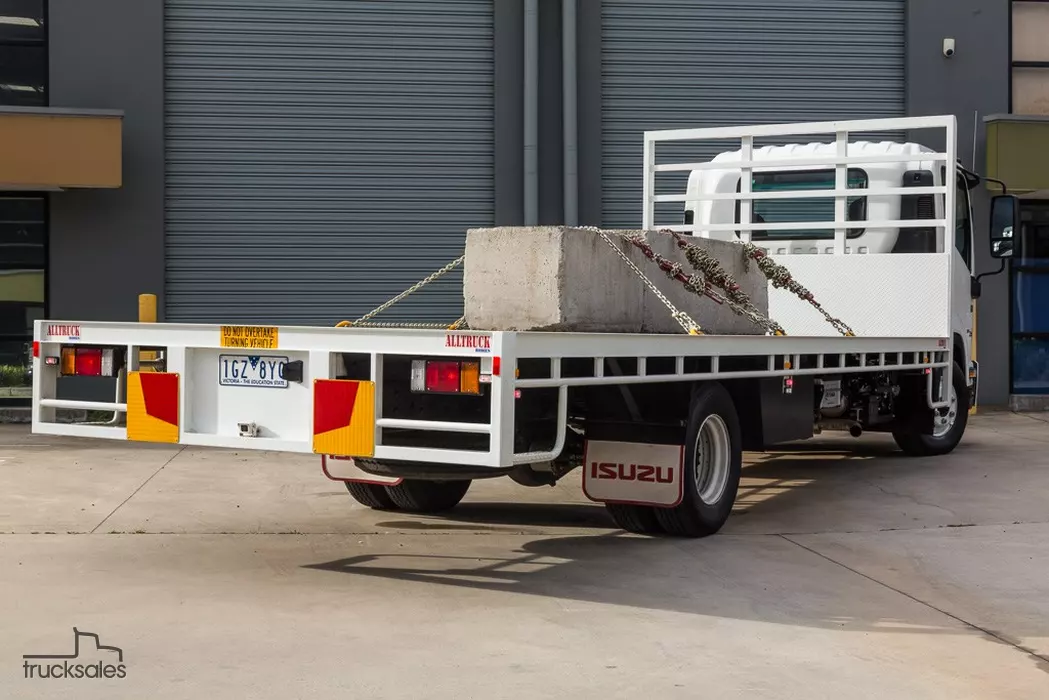
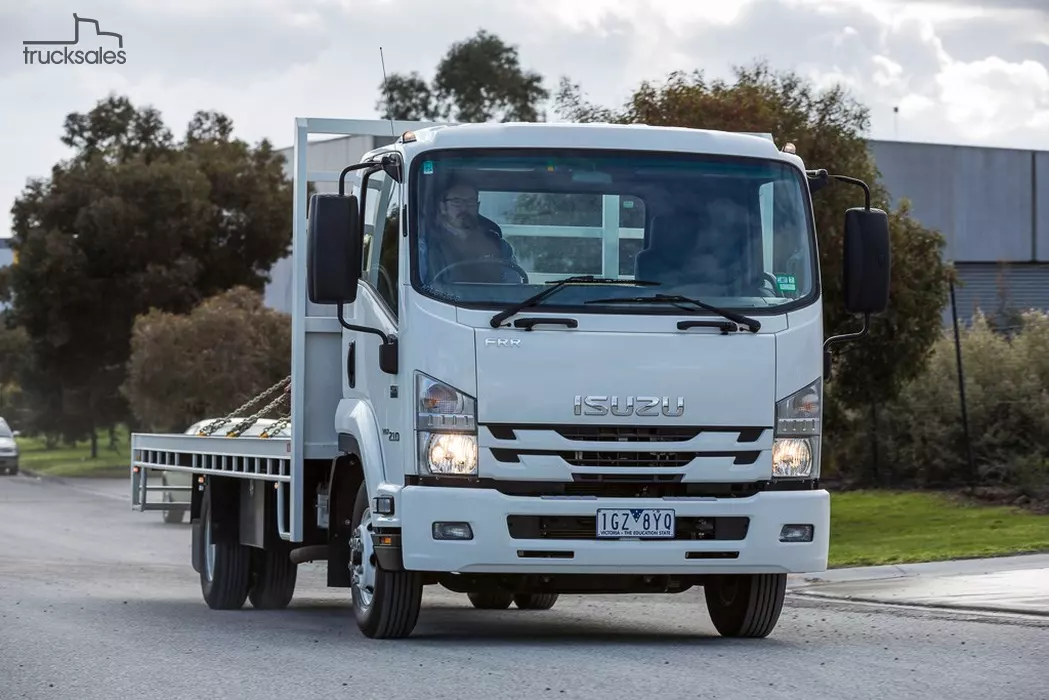
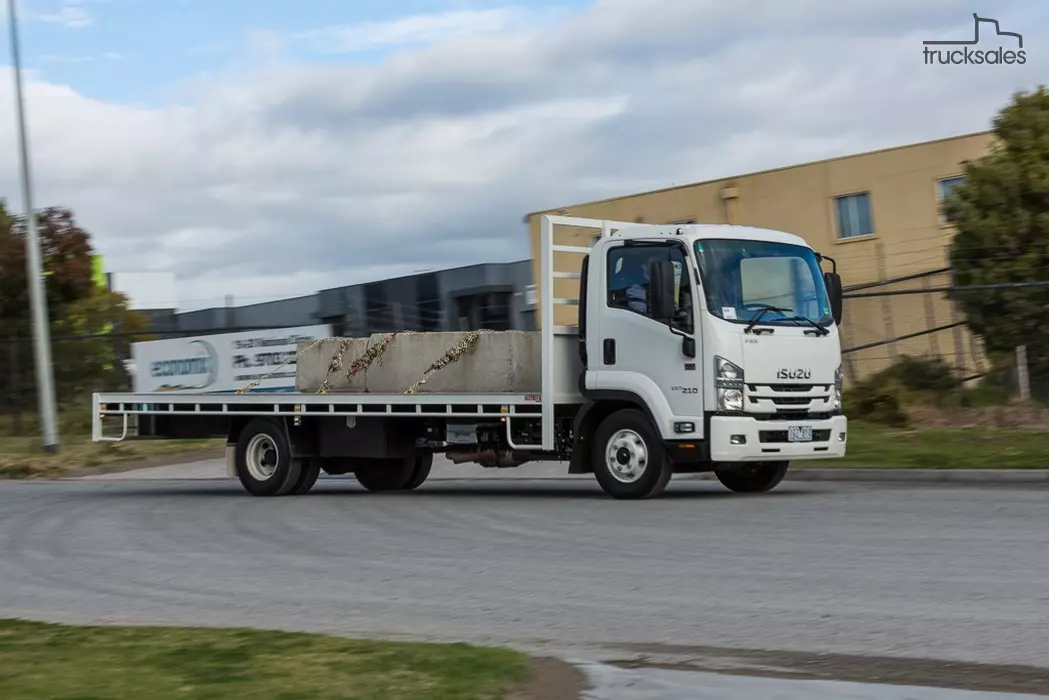


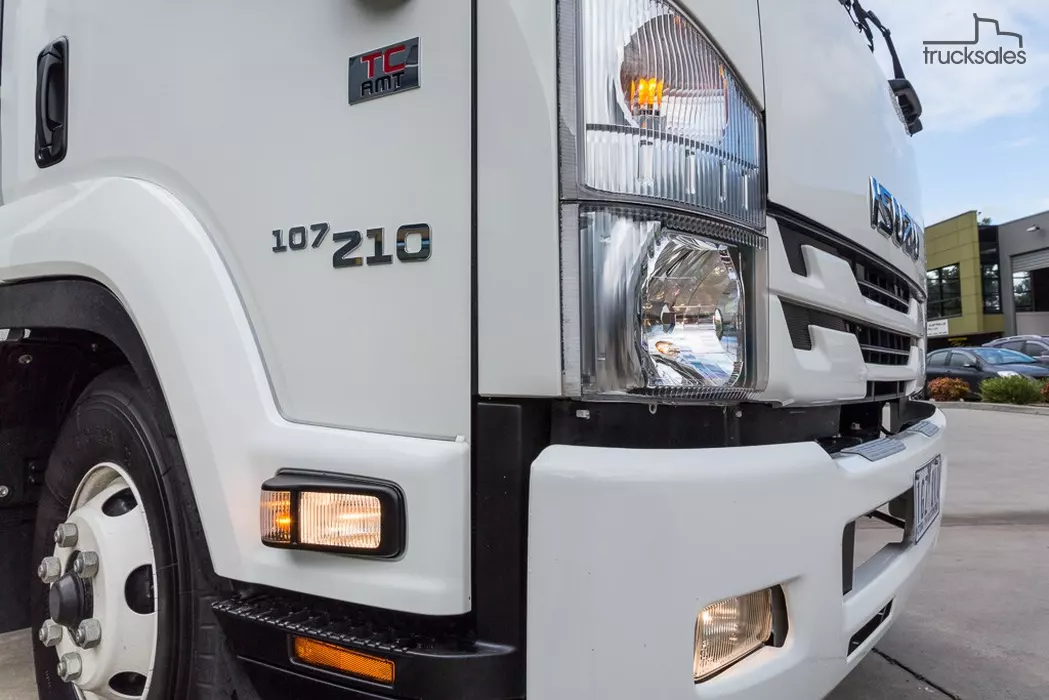
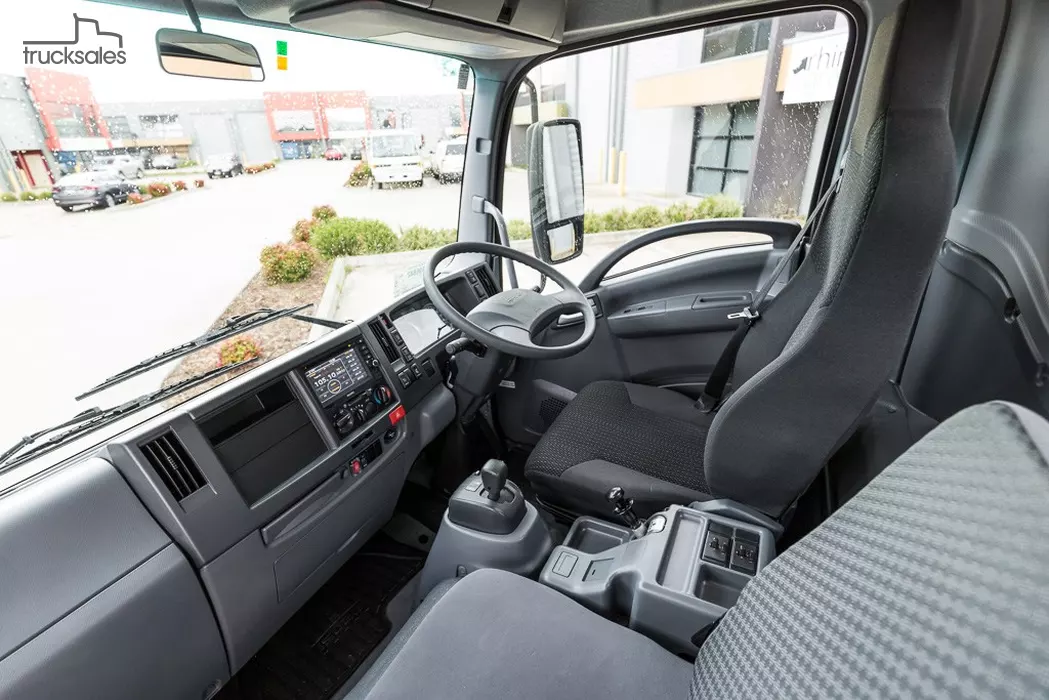


Playtime’s over, get $3,500* to spend on extras.
If you’re ready to get serious about tackling bigger jobs, grab yourself an NLR 45-150 AMT SWB Traypack from the Ready-to-Work range for $62,990 drive away*. And to prove we aren’t playing, buy any NLR Traypack before June 30 and you’ll get $3,500* to spend on genuine accessories or an Essentials service agreement.
Learn more
